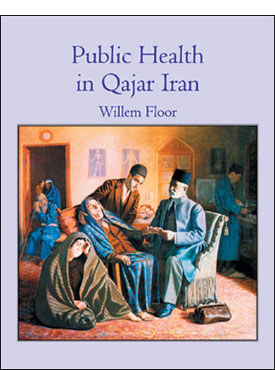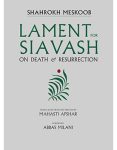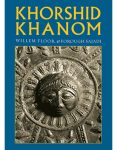About the Book
Until Now, there have been no books and only a few articles available in English that deal with the actual practice of medicine in nineteenth and early twentieth-century Iran. Willem Floor’s Public Health in Qajar Iran fills this lacuna, giving a broad and comprehensive survey of the state of public health, medical practice, and its practitioners in 1800-1925. Based on firsthand accounts of European travelers and doctors who practiced and observed medical treatment, the study provides an overview of the major diseases the population suffered and how these were treated. It also includes the available evidence logged by Iranian patients abroad and at home, as well as contemporary Persian texts that comment on public health and its practice in Iran.
Floor shuns the analysis of classic Islamic medical textbooks, explaining that their medical advice was hardly ever administered and that the authors often had ideological (religious) agendas in writing these treatises. Instead, Floor investigates the commonly accepted theories of diseases, disorders, and their cures, including Islamic Galenic medicine and pre-Islamic theurgic folk medicine based on traditional herb lore and trial-and-error. The book concludes with the impact of Western medicine on the traditional medical institutions and public health in Qajar Iran. This exhaustive inquiry will enthrall scholars of Iran and medicine alike.
About the Author
Willem Floor studied development economics and non-western sociology, as well as Persian, Arabic and Islamology from 1963-67 at the University of Utrecht (the Netherlands). He received his doctoral degree from the University of Leiden in 1971. Since 1983, Dr. Floor was employed by the World Bank as an energy specialist, however, after his retirement in 2002, he has dedicated his time to the study of the social and political history of Iran, and has published extensively throughout this time. His books include: Public Health in Qajar Iran, Agriculture in Qajar Iran, and The History of Theater in Iran, as well as, The Persian Gulf: A Political and Economic History of 5 Port Cities, 1500-1730, its second volume, Persian Gulf: The Rise of the Gulf Arabs, 1747-1792, third volume, The Rise and Fall of Bandar-e Lengeh, the fourth volume, Bandar Abbas: The Natural Gateway of Southeast Iran, and the fifth volume, The Persian Gulf: Links with the Hinterland Bushehr, Borazjan, Kazerun, Banu Ka’b, & Bandar Abbas, The Persian Gulf: The Hula Arabs of The Shibkuh Coast of Iran, and The Persian Gulf: Dutch-Omani Relations A Commercial & Political History 1651-1806, and The Persian Gulf: Muscat – City, Society and Trade . He has also published, Travels Through Northern Persia, 1770-1774, Titles and Emoluments in Safavid Iran, and A Social History of Sexual Relations in Iran; Labor and Industry in Iran, 1850-1941; Guilds, Merchants and Ulama in 19th Century Iran; The Rise and Fall of Nader Shah; Games Persians Play, and History of Bread in Iran. His translations include: Samuel Gottlieb Gmelin’s Travels Through Northern Persia 1770–1774 , and with Hasan Javadi, Abbas Qoli Aqa Bakikhanov’s The Heavenly Rose-Garden: A History of Shirvan & Daghestan; Evliya Chelebi’s Travels in Iran and the Caucasus, 1647 and 1654; A Man of Two Worlds: Pedros Bedik in Iran, 1670–1675, and Awake: A Moslem Woman’s Rare Memoir of Her Life and Partnership with the Editor of Molla Nasreddin, the Most Influential Satirical Journal of the Caucasus and Iran, 1907–1931
Willem Floor was invited to Tehran in February, 2017 and presented with the Farabi International Prize for Humanitarian Studies.








